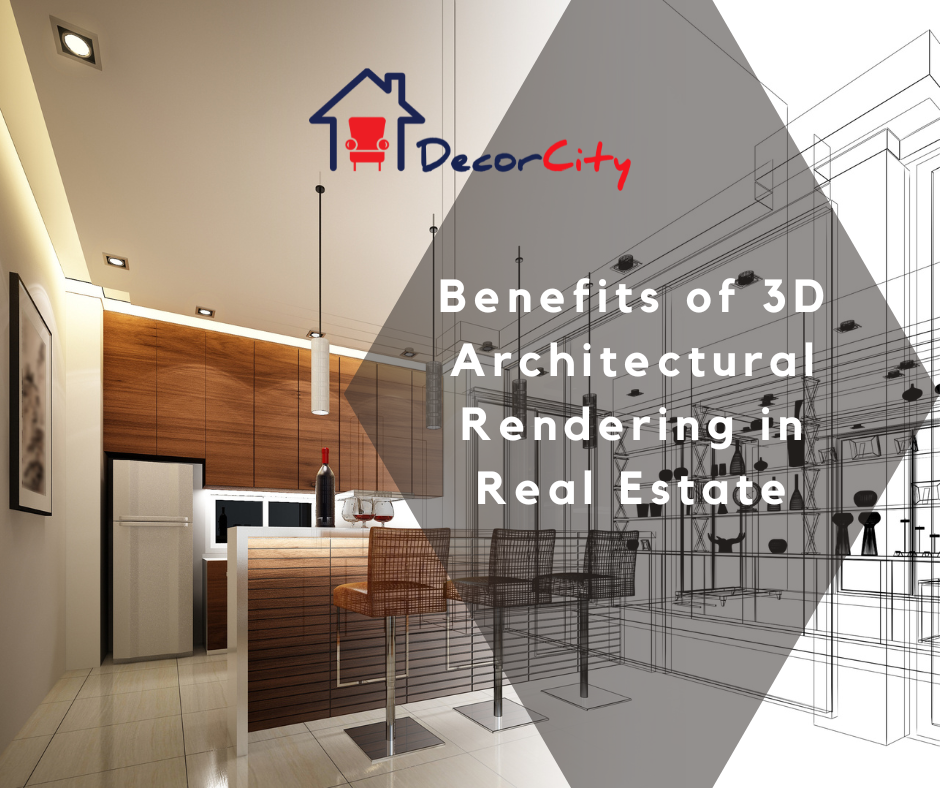architectural design
The Benefits of 3D Architectural Rendering in Real Estate
The real estate industry is constantly evolving, and technology is playing an increasingly important role. One technology that has transformed the industry is 3D architectural rendering. Here are some of the benefits of 3D architectural rendering in real estate.
1. Improved Communication
One of the biggest benefits of 3D architectural rendering in real estate is improved communication. With 3D rendering, real estate professionals can present properties in a way that is both realistic and easy to understand. This can help buyers and tenants visualize themselves in the space and make informed decisions.
2. Faster Sales and Leases
Another benefit of 3D architectural rendering in real estate is faster sales and leases. With photorealistic images and animations, buyers and tenants can get a clear sense of the property before ever visiting in person. This can help expedite the sales or leasing process and reduce the time properties sit on the market.
3. Increased Creativity
3D architectural rendering allows real estate professionals to experiment with different design options and see how they look in a realistic environment. This can help spark creativity and lead to innovative design solutions that may not have been possible without 3D rendering.
4. Cost Savings
Finally, 3D architectural rendering can lead to cost savings in real estate. By creating accurate representations of properties, real estate professionals can identify potential issues or conflicts early on and make adjustments before construction begins. This can help reduce the need for costly changes during the construction process.
In conclusion, 3D architectural rendering is a powerful technology that has transformed the real estate industry. By improving communication, expediting sales and leases, increasing creativity, and reducing costs, 3D rendering has become an invaluable tool for real estate professionals looking to stay ahead in a competitive market.

